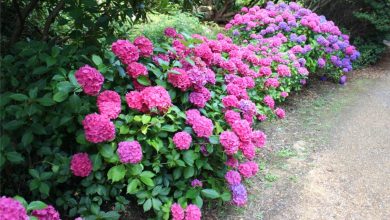Diseases and Pests Attack Cassava: [Detect and Fight Them]
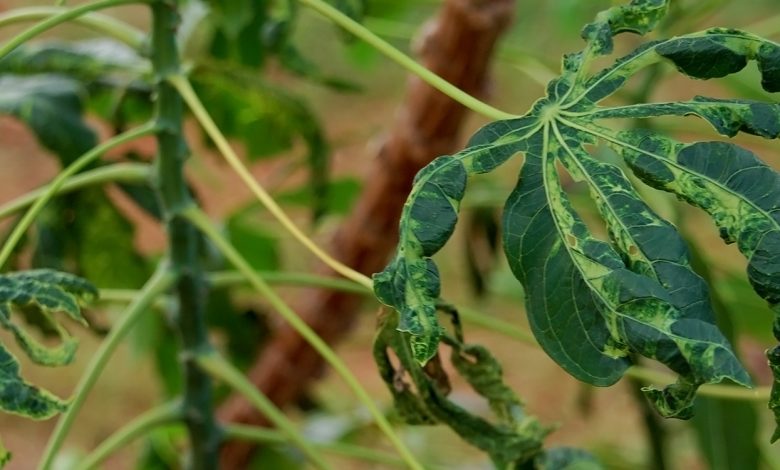
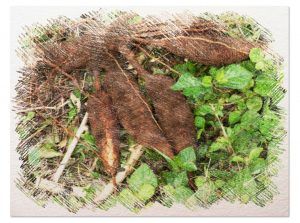 Cassava is one of the most harvested and consumed tubers (like potatoes, sweet potatoes, yams, ginger) in certain regions of the world, mainly in the American continent.
Cassava is one of the most harvested and consumed tubers (like potatoes, sweet potatoes, yams, ginger) in certain regions of the world, mainly in the American continent.
Its planting and care do not require much effort, although care must always be taken about possible pests and diseases of cassava.
When any of these evils is detected in time, the solutions to be applied will be much more effective.
So let’s move on to see what the most common diseases are and how to treat them.
super elongation
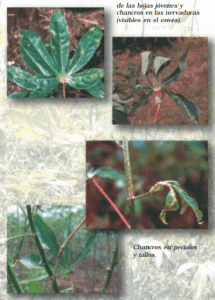 Super- elongation is a disease that affects the leaves of cassava crops, causing them to curl.
Super- elongation is a disease that affects the leaves of cassava crops, causing them to curl.
But the main action is generated on the stems, which become much more extensive than normal and also quite weak.
On the other hand, cankers usually appear on the undersides of the leaves that end up generating defoliation.
This defoliation can be mild or severe, with the latter likely to result in crop failure.
Due to its nature, the fungus (Sphaceloma manihoticola) that produces it develops better in an environment with good humidity, being inoperative in periods of drought.
Treatment of superelongation in cassava
In a preventive way, it is advisable to always use healthy seeds, since the disease is usually contracted by the use of cuttings from previous plantations.
In addition to that, it is much more favorable that the plantations are developed in times of low rainfall.
The use of specific chemical products to control fungi and bacteria in plantations should also be used.
brown leaf spot
It is a disease that generates a set of brown spots on the leaves of the yucca plant.
As the disease progresses, the spots begin to affect the veins of the leaves, which turn blackish.
After this, the leaves begin to wilt and fall off the plant, which can lead to outright defoliation.
If defoliation occurs and the yuccas have not completed their maturation process, the harvest could be lost.
It is important to note that this disease, as occurs in the case of superelongation, develops more rapidly in a very humid environment.
Treatment of brown leaf spot in cassava
The first step to eradicate this disease is to reduce the humidity levels that affect the plant.
The use of copper -based agricultural chemicals has also given very good results in eradicating its effect.
However, for greater prevention of its possible attack, it is best to use healthy plants that are very resistant.
Bacterial Stem Rot
When the stem is affected by the fungus that produces this disease, it happens that it becomes unable to develop properly.
In general, the stem becomes somewhat slimy and begins to give off a bad smell, key symptoms for the name that has been given to it.
As it is caused by a bacterium, the disease is also confirmed by the presence of bites on the structure of the leaves.
Logically, the stems infected with this disease will be unable to produce a good harvest.
Bacterial Stem Rot Treatment
To deal with this annoying disease, the first step will be to remove the stems that are affected and then burn them.
It is very important that this work is carried out with appropriate agricultural material and that it be disinfected afterwards to avoid other infections.
In any case, when the process is completed and the harvest continues, it is important to carry out a final elimination of all residues.
This will prevent the disease from attacking again in future crops.
root rot
Although it is a disease that can be caused by different types of microorganisms, they all have excess moisture in common.
Sometimes, this high amount of humidity is generated because the land where the planting is done does not have good drainage.
Therefore, the roots soften and begin to give off an unpleasant odor.
In a short time, the plant ends up withering and losing its full function.
It is important to note that plants can suffer from root rot at any stage of their development, which makes it even more harmful.
Root rot treatment of cassava
To ensure that this disease does not take its toll on cassava plantations, it is very important to make a good selection of the land.
The use of grasses (such as wheat) as companions helps in many cases to absorb excess moisture and facilitate better conditions.
It is also important to carry out the corresponding chemical control with treatments that are authorized for this purpose.
Planting yuccas and enjoying a good harvest is something that should not cause major inconveniences.
The issue is to ensure that the plants are developing well from the roots to the leaves.
Mildew
 This fungus is caused by oidium sp. It appears in dry seasons, when the rains are scarce.
This fungus is caused by oidium sp. It appears in dry seasons, when the rains are scarce.
We can detect it by observing the cassava leaves, which take on a yellowish color and tend to be brown.
To combat this fungus, the use of spray sulfur or neem oil is recommended.
leaf worm
It is a worm that attacks the leaves of yucca and other plants of the same family.
As a control we can apply neem extract or potassium soap. As well as natural predators such as: trichogramma spp or Apanteles flaviventris.
stem drilling
The larvae of this insect are deposited on the stem of the leaf, causing the death of the plant in a short time. The best way to avoid these insects is with crop rotation.
Yellow sheets
Cassava leaves are green by nature, when they turn yellow, it is most likely that you are facing a disease.
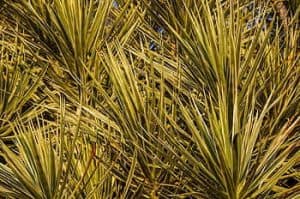 In most cases, this condition occurs when the root of the plant rots and then it is necessary to act to cure it.
In most cases, this condition occurs when the root of the plant rots and then it is necessary to act to cure it.
Although it is a fact that cassava is harvested without the need for much care, its development cannot be lost sight of at any time.
Further reading:
- https://hortintl.cals.ncsu.edu/sites/default/files/articles/enfermedades_yuca_metodos_control.pdf
- https://encolombia.com/economia/agroindustria/plagasyenfermedaddecultivoyuca/
- https://comunidad.leroymerlin.es/t5/Bricopedia-Jardiner%C3%ADa/C%C3%B3mo-combat-las-plagas-y-enfermedades-de-la-yuca/ta-p/136645

![Photo of Plant Eggplants in [12 Steps]: Guide to Harvest Successfully](https://www.complete-gardening.com/wp-content/uploads/2022/08/plant-eggplants-in-12-steps-guide-to-harvest-successfully-390x220.jpg)
![Photo of The Gerbera: [Care, Planting, Irrigation, Light and Substrate]](https://www.complete-gardening.com/wp-content/uploads/2022/08/the-gerbera-care-planting-irrigation-light-and-substrate-390x220.jpg)
